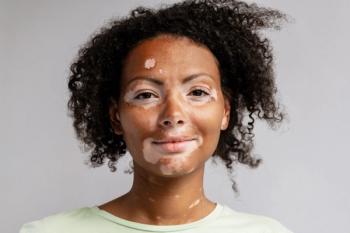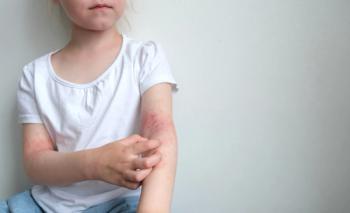
Seeing Skin Disease From Both Sides
Results reported in JAMA Dermatology today show disagreement between physicians and patients in the grading of skin disease. Physicians tend to see severity relative to other patients, note the researchers, while patients may compare themselves with peers and their social circle.
“It is easy to label a patient with high symptom burden as having a low threshold for discomfort, or for a patient to presume that the doctor is unempathetic,” say
Quantitative studies may not have adequately explored the interrelated psychological and behavioral constructs of the phenomenon, which is called discordant severity grading, the researchers say. So they took a “mixed-methods” approach, starting with a
That
Differences in scoring stemmed from differing perspectives. While physicians emphasize the visible physical signs and biomedical aspects of disease, the researchers say, patients focus on the functional and emotional impact. Positive discordance was more likely with patients who felt more impairment of quality of life, higher symptom expression and lower objective disease severity. In turn, higher QOL impairment was associated with less stable personality, poorer resilience, higher anxiety, increased negative social comparisons and lower self-efficacy (i.e., poorer control and understanding of the disease).
Related:
Many of those factors are modifiable, the researchers note. For instance, cognitive behavioral therapy, education and counseling for stress management can bolster resilience and self-efficacy.
An accompanying editorial by John S. Barbieri, M.D., MBA, of Brigham and Women’s Hospital in Boston, and Karen MacDonald, Ph.D., an associate editor at JAMA Dermatology and a principal at Matrix45, a evidence-based medicine consulting firm in Earlysville, Virginia, cites
Long and colleagues note that physicians tend to compare the patient’s severity relative to other patients while patients may compare themselves with peers and their social circle. They suggest “leveraging the human tendency to compare” by harnessing social media to educate and inspire patients to accept their skin condition and live their best lives.
Equally as important, they conclude, is the need to acknowledge the “crucial contribution of physicians to the phenomenon of discordance, rather than viewing it as a patient problem.” Medical training, which focuses on objective and physiological aspects of disease, “often overlooks the patient’s subjective experience, such as the itch and functional impairment that even a small patch of rash can cause.” It is important, they add, to “prioritize patient-focused outcomes and cultivate effective communication habits that allow us to elucidate values that are important to the patient.”
Newsletter
Get the latest industry news, event updates, and more from Managed healthcare Executive.



















































